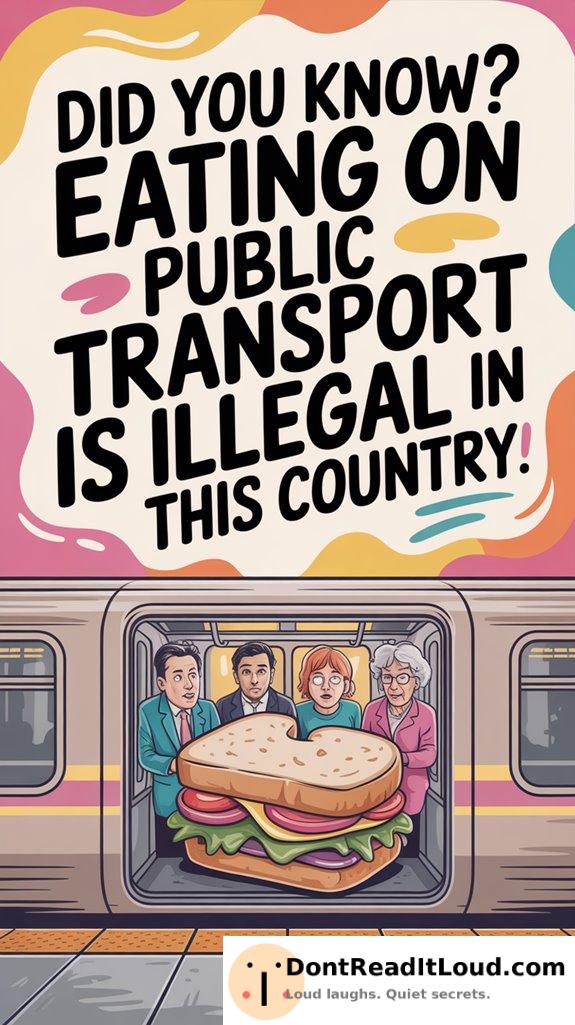
In Singapore, eating on public transport is against the law, helping to maintain the city’s cleanliness and order. This policy is part of a larger effort to promote a clean and green environment and reflects the society’s emphasis on discipline and respect for communal areas. Offenders may face fines or legal action. While some places rely on social etiquette, Singapore’s strict rules offer a clear example. Wondering how this shapes the experience of using public transport?
The Origin of This Law
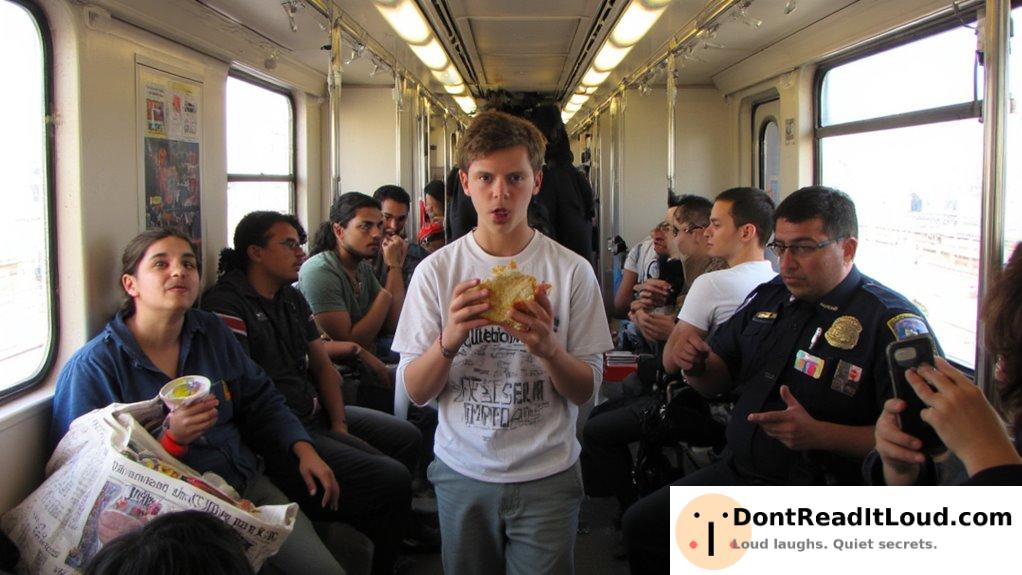
The prohibition of eating on public transport began in Singapore as part of a broader effort to keep public spaces clean and orderly. This law was implemented in the 1980s, during a period of rapid development and urbanization.
At the time, the government, led by Prime Minister Lee Kuan Yew, was determined to turn Singapore into a clean and well-organized city-state.
Strict laws and regulations were put in place to encourage civic responsibility and maintain public hygiene. The ban on eating and drinking on public transport became a key part of the Clean and Green campaign, which aimed to foster discipline and public-mindedness in Singaporeans.
This law was also introduced to help keep the new Mass Rapid Transit (MRT) system, launched in 1987, in excellent condition. Authorities wanted to prevent littering and ensure a pleasant ride for everyone.
The rule was seen as a way to avoid issues like spills, odors, and pests, all of which could affect the cleanliness and comfort of public transport.
Enforcing this rule helped set a standard of behavior for other public spaces, reinforcing Singapore’s reputation as a clean and efficient city.
Over the years, public education campaigns and fines for violators have demonstrated Singapore’s ongoing commitment to cleanliness and public order.
Why This Law Exists
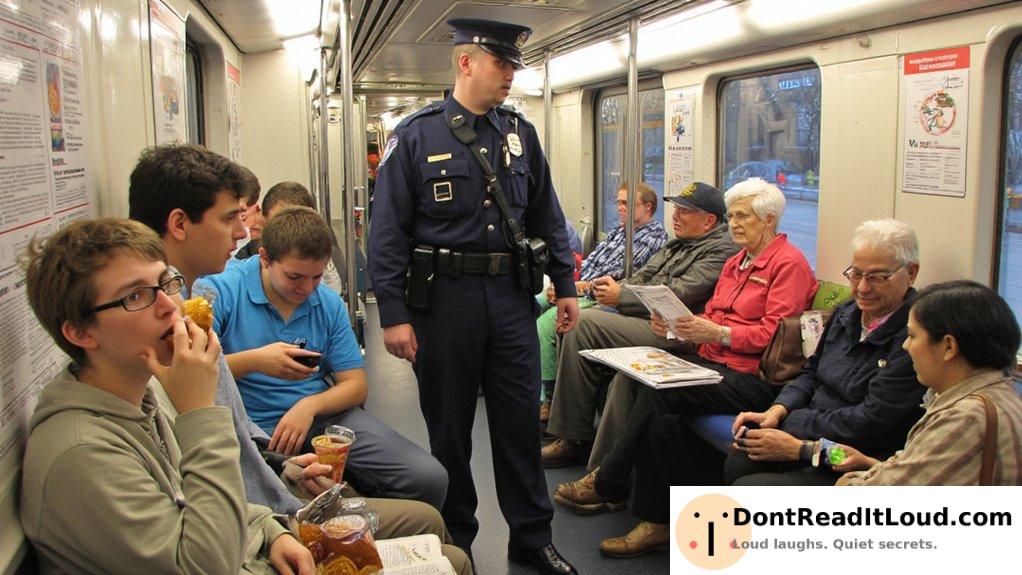
In some countries, eating on public transport is illegal for a mix of practical, cultural, and political reasons. These rules aim to keep vehicles clean, make rides comfortable, and respect local customs.
Practical Reasons:
- Cleanliness and Hygiene: Banning food helps keep buses and trains tidy. Spilled food attracts pests and leaves bad smells, which makes rides unpleasant and increases cleaning costs.
- Allergy Concerns: With more people having food allergies, not allowing eating reduces the chance of someone being exposed to allergens in a confined area.
- Safety: Eating on crowded vehicles can create hazards. Spills may cause people to slip or distract drivers and other passengers.
Cultural Reasons:
- Social Norms and Etiquette: In some cultures, eating is meant for private or designated spaces. Eating on public transport can be seen as disrespectful to others.
- Preserving Tradition: These laws may also reflect a wish to maintain long-standing ideas about how people should act in shared spaces.
Political Reasons:
- Public Policy and Regulation: Authorities may ban eating as part of efforts to improve public transport. This lets them focus on service quality instead of dealing with food messes.
- Health Promotion: Some laws support public health by discouraging eating on the go and encouraging people to have meals at more appropriate times.
- Equity and Inclusivity: Keeping vehicles clean and comfortable ensures everyone can use public transport without discomfort. This is especially important in busy cities where many rely on these services.
How This Law Reflects it’s Culture?
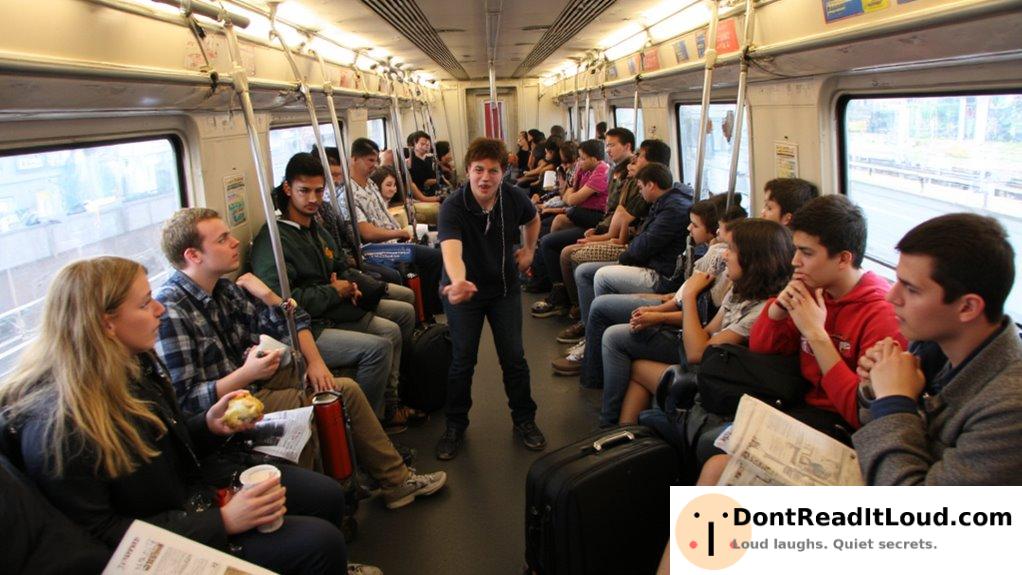
In countries where eating on public transport is prohibited, this law highlights a deep cultural focus on cleanliness, mutual respect, and social harmony. For example, in Japan, these rules mirror longstanding traditions and societal expectations.
1. Cleanliness: Many cultures view cleanliness as both a personal and collective duty. Banning food on public transport helps keep shared spaces tidy and pleasant for everyone.
This approach aligns with cultural habits that stress the importance of maintaining order in public areas.
2. Respect for Shared Spaces: Such laws show the value placed on treating communal areas with care. Public transport is a collective resource, and respecting it demonstrates consideration for others.
This mindset is often taught early and forms a core part of daily etiquette.
3. Community Consideration: In societies that value group harmony, these laws help prevent discomfort for fellow passengers. Food smells, eating noises, and litter can all disturb others, so these rules support a more comfortable and peaceful environment.
4. Traditions of Eating: Some cultures believe meals should be enjoyed in appropriate settings, not on the go. These laws encourage eating with intention, often as a social or family activity, preserving the tradition of mindful meals.
What Happens If You Break This Law?
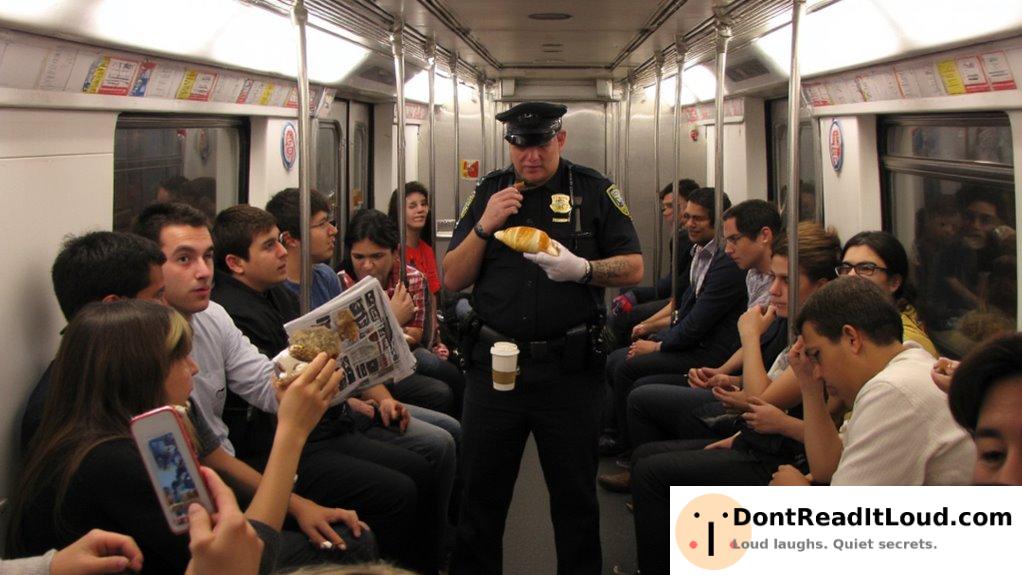
In some countries, eating on public transport is illegal to help keep the environment clean and ensure everyone has a pleasant journey. If this rule is broken, consequences depend on local regulations.
- Fines: Usually, the first penalty is a fine. The exact amount varies by location—some cities charge around $50, while others may impose fines up to $200. These fines are meant to punish the offender and discourage future violations.
- Legal Consequences: Repeat offenders might face stricter penalties. In some areas, continued disregard for the law can lead to higher fines or charges like disorderly conduct. This could result in a court summons or, in rare cases, community service or losing access to public transit.
- Public Reaction: How bystanders respond can differ. In strict areas, passengers may alert authorities or staff right away. Elsewhere, people might voice their displeasure directly, which can cause embarrassment for the person breaking the rule. Public disapproval alone can be an effective deterrent.
Could Other Countries Learn from This Law?
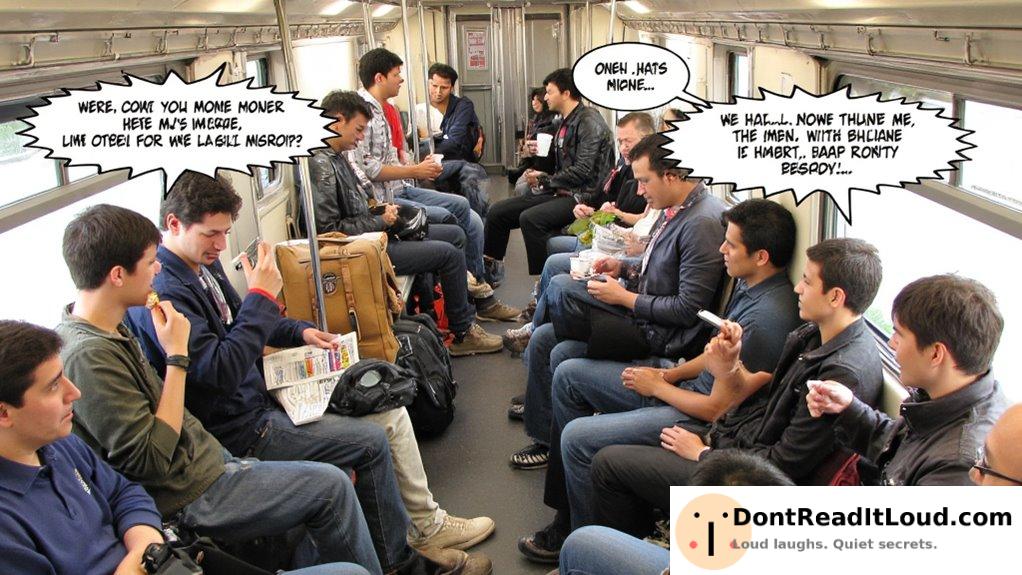
The law prohibiting eating on public transport in certain countries is an interesting measure that aims to maintain cleanliness and ensure a pleasant experience for all passengers. This policy, for example in Singapore, has been implemented with the intent to keep public spaces clean and orderly, and it can provide a useful comparison to how other countries handle similar situations.
In Singapore, the law is strictly enforced with fines for those caught eating or drinking on public transport. This has contributed to the city-state’s reputation for having one of the cleanest and most efficient public transport systems in the world. The success of this policy in Singapore could serve as a model for other countries looking to improve the cleanliness and overall experience of their public transport systems.
In contrast, many countries don’t have such strict regulations regarding eating on public transport. For instance, in the United States and much of Europe, eating and drinking are generally allowed on buses and trains, although passengers are encouraged to be considerate of others. The focus in these regions is often more on encouraging good etiquette rather than strict enforcement.
However, this can sometimes lead to issues with cleanliness and unpleasant odors, particularly on long journeys or crowded systems. Other countries, like Japan, while not having formal laws prohibiting eating on public transport, have strong cultural norms discouraging it. Passengers typically refrain from eating on trains out of respect for others and to maintain the high level of cleanliness expected in public spaces.
This cultural approach achieves similar outcomes to Singapore’s legal approach without the need for enforcement. Could other countries learn from Singapore’s law? Potentially, yes. Implementing a similar law could help improve the cleanliness and comfort of public transport systems, particularly in cities struggling with issues of litter and overcrowding.
However, it would also require a cultural shift and public buy-in, as well as resources for enforcement, which mightn’t be feasible or desirable everywhere. Ultimately, whether other countries can learn from this law depends on their specific circumstances, cultural attitudes, and priorities.
Some may prefer to focus on fostering a culture of mutual respect and cleanliness, as seen in Japan, while others might see the benefit in adopting stricter regulations to achieve similar outcomes. Each approach has its merits and challenges, and what works for one country might need to be adapted to fit the social and cultural context of another.
Conclusion: What Makes this Law So Unique
The law banning eating on public transport in [Country] stands out for several notable reasons. It demonstrates the nation’s dedication to keeping public spaces clean, reflecting important cultural values. This rule promotes respect for shared environments and consideration for fellow passengers, echoing broader social norms that emphasize community welfare.
Unlike many other places where eating on public transport is common, [Country] enforces this ban strictly. Such firm application highlights a unique approach to public order and social responsibility.
This regulation could also inspire other countries facing challenges with cleanliness on public transit. By following a similar example, they might improve passenger comfort and nurture a stronger sense of civic duty.



